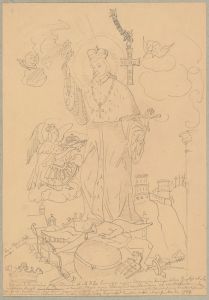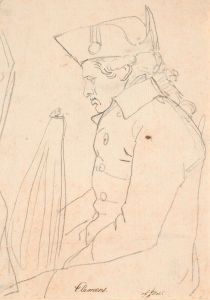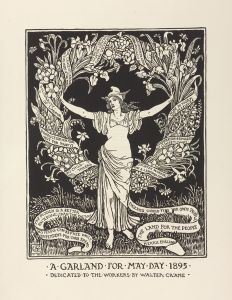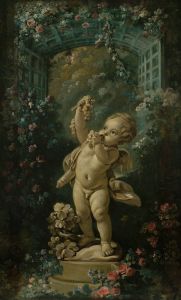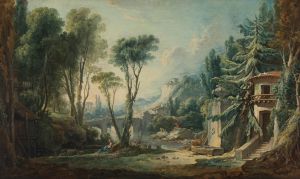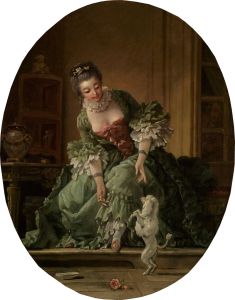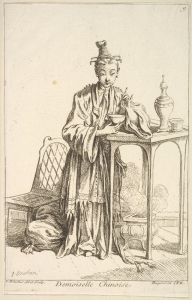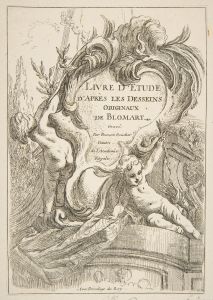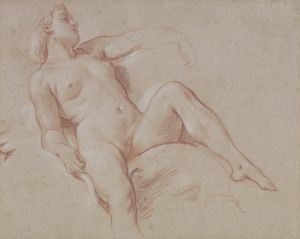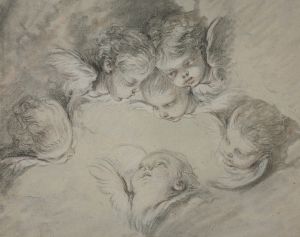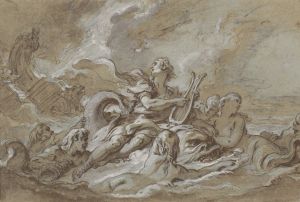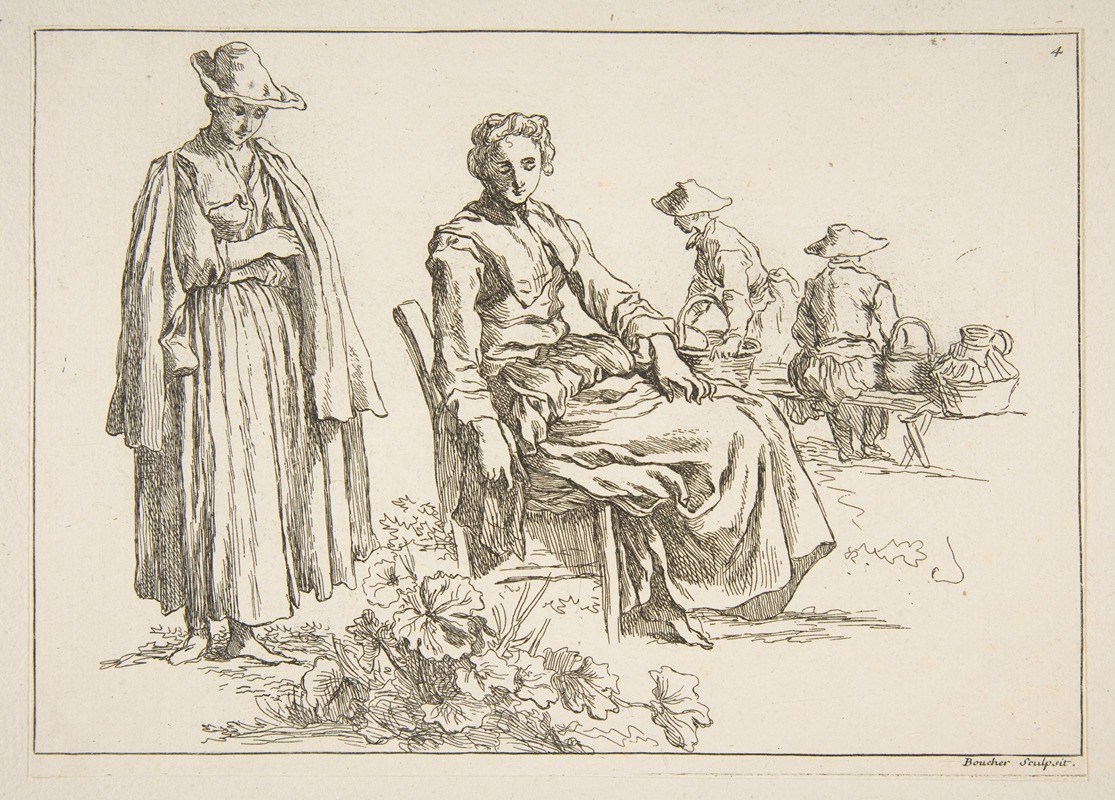
Livre d’étude d’après les desseins originaux de Blomart Pl.04
A hand-painted replica of François Boucher’s masterpiece Livre d’étude d’après les desseins originaux de Blomart Pl.04, meticulously crafted by professional artists to capture the true essence of the original. Each piece is created with museum-quality canvas and rare mineral pigments, carefully painted by experienced artists with delicate brushstrokes and rich, layered colors to perfectly recreate the texture of the original artwork. Unlike machine-printed reproductions, this hand-painted version brings the painting to life, infused with the artist’s emotions and skill in every stroke. Whether for personal collection or home decoration, it instantly elevates the artistic atmosphere of any space.
François Boucher was a prominent French painter and decorative artist of the Rococo period, known for his idyllic and voluptuous paintings on classical themes, decorative allegories, and pastoral scenes. One of his lesser-known works is the "Livre d’étude d’après les desseins originaux de Blomart Pl.04," which translates to "Study Book after the Original Designs of Blomart Plate 04." This piece is part of a series that reflects Boucher's engagement with the works of earlier artists and his ability to reinterpret them through his own artistic lens.
The "Livre d’étude" series showcases Boucher's skill in drawing and his interest in the works of Abraham Bloemaert, a Dutch painter and printmaker known for his detailed and dynamic compositions. Bloemaert was a significant figure in the transition from Mannerism to Baroque in Northern European art, and his works often featured religious and mythological subjects. Boucher's study of Bloemaert's designs indicates his appreciation for the Dutch master's style and his desire to learn from and adapt these earlier compositions.
Plate 04 of the "Livre d’étude" series exemplifies Boucher's ability to capture the essence of Bloemaert's work while infusing it with his own Rococo sensibilities. The drawing likely features intricate details and fluid lines, characteristic of Boucher's style, which often emphasized grace and elegance. While specific details about the subject matter of Plate 04 are not widely documented, it can be inferred that the work would align with the themes commonly explored by both Bloemaert and Boucher, such as mythological or pastoral scenes.
Boucher's engagement with Bloemaert's designs is part of a broader trend during the 18th century, where artists often studied and copied the works of their predecessors to hone their skills and develop their unique styles. This practice was common in the academies and workshops of the time, where young artists were encouraged to learn from the masters of the past. By studying Bloemaert, Boucher was participating in this tradition, while also contributing to the Rococo movement's emphasis on decorative art and the playful reinterpretation of classical themes.
The "Livre d’étude" series, including Plate 04, is an example of Boucher's versatility as an artist. While he is best known for his paintings, his drawings and studies reveal his deep understanding of form, composition, and the interplay of light and shadow. These works also highlight his ability to adapt and transform the influences of earlier artists into something distinctly his own, contributing to his reputation as one of the leading figures of the Rococo period.
In summary, "Livre d’étude d’après les desseins originaux de Blomart Pl.04" by François Boucher is a testament to the artist's skill in drawing and his engagement with the works of Abraham Bloemaert. Through this series, Boucher not only demonstrated his technical prowess but also his ability to reinterpret and innovate upon the artistic traditions of the past.






